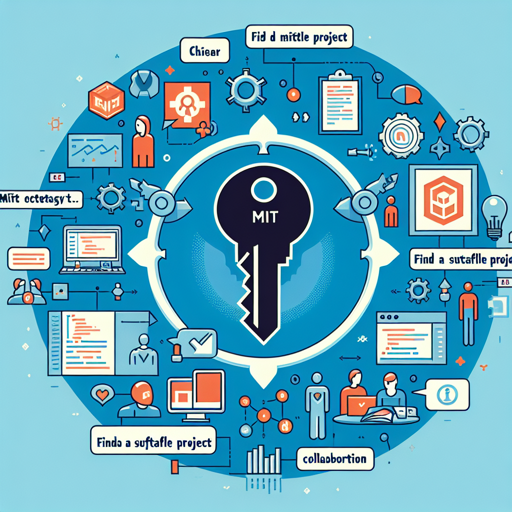The MIT License is one of the simplest and most permissive open-source licenses available. It allows developers to freely use, modify, and share software while encouraging collaborative development. Below, we’ll go through how to effectively utilize MIT licensed projects in your work, whether you’re a developer, entrepreneur, or enthusiast.
Understanding the MIT License
The MIT License offers users the freedom to do nearly anything with the software, as long as the original license and copyright notice are included in any substantial portions of the software. It’s a license that simplifies sharing and adopting innovations.
Steps to Use an MIT Licensed Project
- Step 1: Find a Suitable Project
Look for projects that serve your intended purpose. Platforms like GitHub are treasure troves of MIT licensed projects. Initiate your search by including ‘MIT License’ as a filter.
- Step 2: Review the Code
Before using the code, take some time to read through it. Understanding how it works will help you integrate it effectively into your project.
- Step 3: Clone the Repository
Using Git, clone the repository to your local machine. This will give you access to all the project files.
git clone https://github.com/user/project.git - Step 4: Modify the Code
Feel free to modify the code as per your requirements. This could mean adding features, fixing bugs, or adjusting configurations.
- Step 5: Attributing the Original Authors
Since the MIT license requires you to keep the license information intact, don’t forget to include attribution to the original authors wherever applicable.
An Analogy to Enhance Understanding
Imagine the MIT License as a recipe for a delicious dish. When you discover a recipe (the software), it allows you to cook (use the software) as you please. You can change the ingredients (modify the code), share your culinary marvel with others (distribute the software), and even claim praise for your cooking (integration into your project), but you must always credit the chef who originated the recipe (retain the license and copyright notice).
Troubleshooting Common Issues
If you encounter problems while utilizing an MIT licensed project, consider the following troubleshooting approaches:
- Issue: Compatibility Problems
Check if the libraries or frameworks used in the project are compatible with your environment. Sometimes outdated dependencies can cause issues.
- Issue: Installation Errors
Make sure you have the proper tools installed. Refer to the documentation of the project for installation guidelines.
- Issue: Code Conflicts
If modifying the code leads to conflicts, reassess the changes you’ve made, and ensure that they align properly with the original architecture of the project.
For more insights, updates, or to collaborate on AI development projects, stay connected with fxis.ai.
Conclusion
Utilizing a project under the MIT License can greatly accelerate your development process and help you incorporate tried-and-tested solutions. By following the simple steps outlined above and considering the analogies presented, you’ll find it easier to adapt and enhance existing projects.
At fxis.ai, we believe that such advancements are crucial for the future of AI, as they enable more comprehensive and effective solutions. Our team is continually exploring new methodologies to push the envelope in artificial intelligence, ensuring that our clients benefit from the latest technological innovations.

